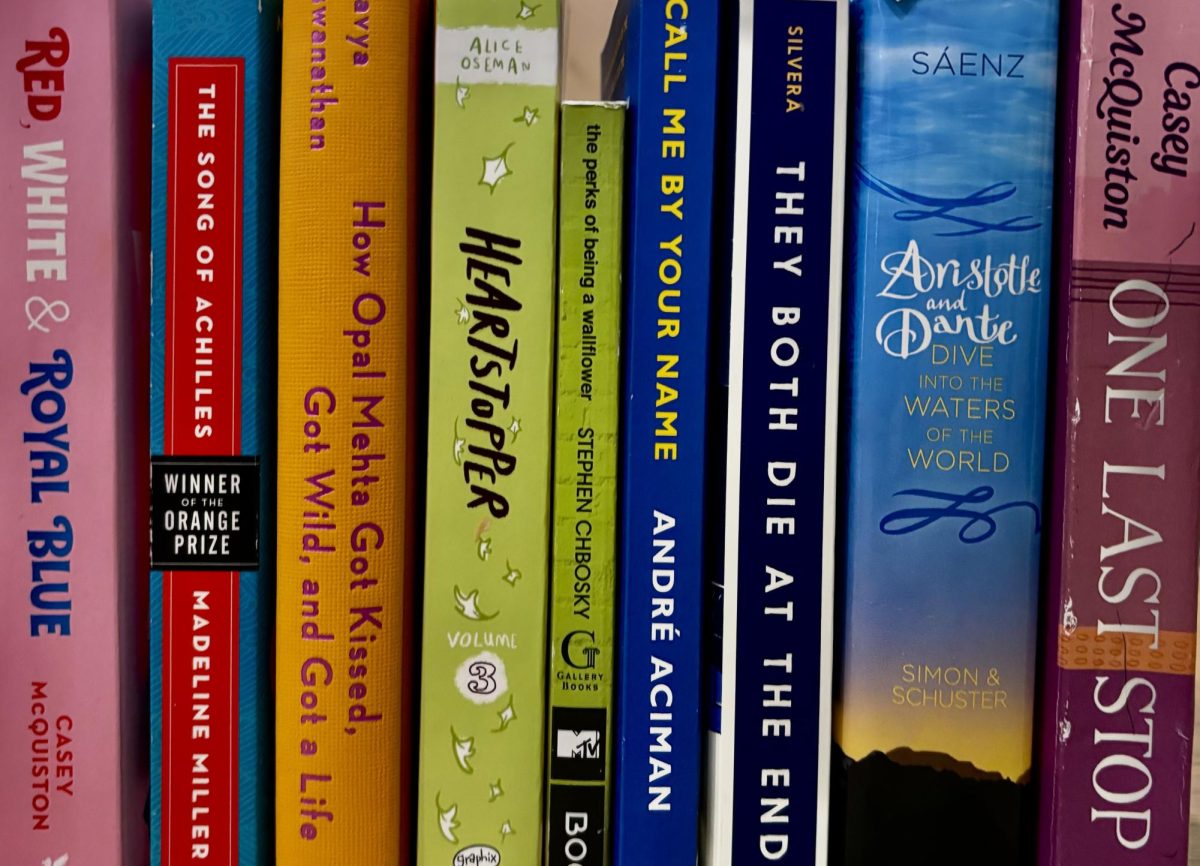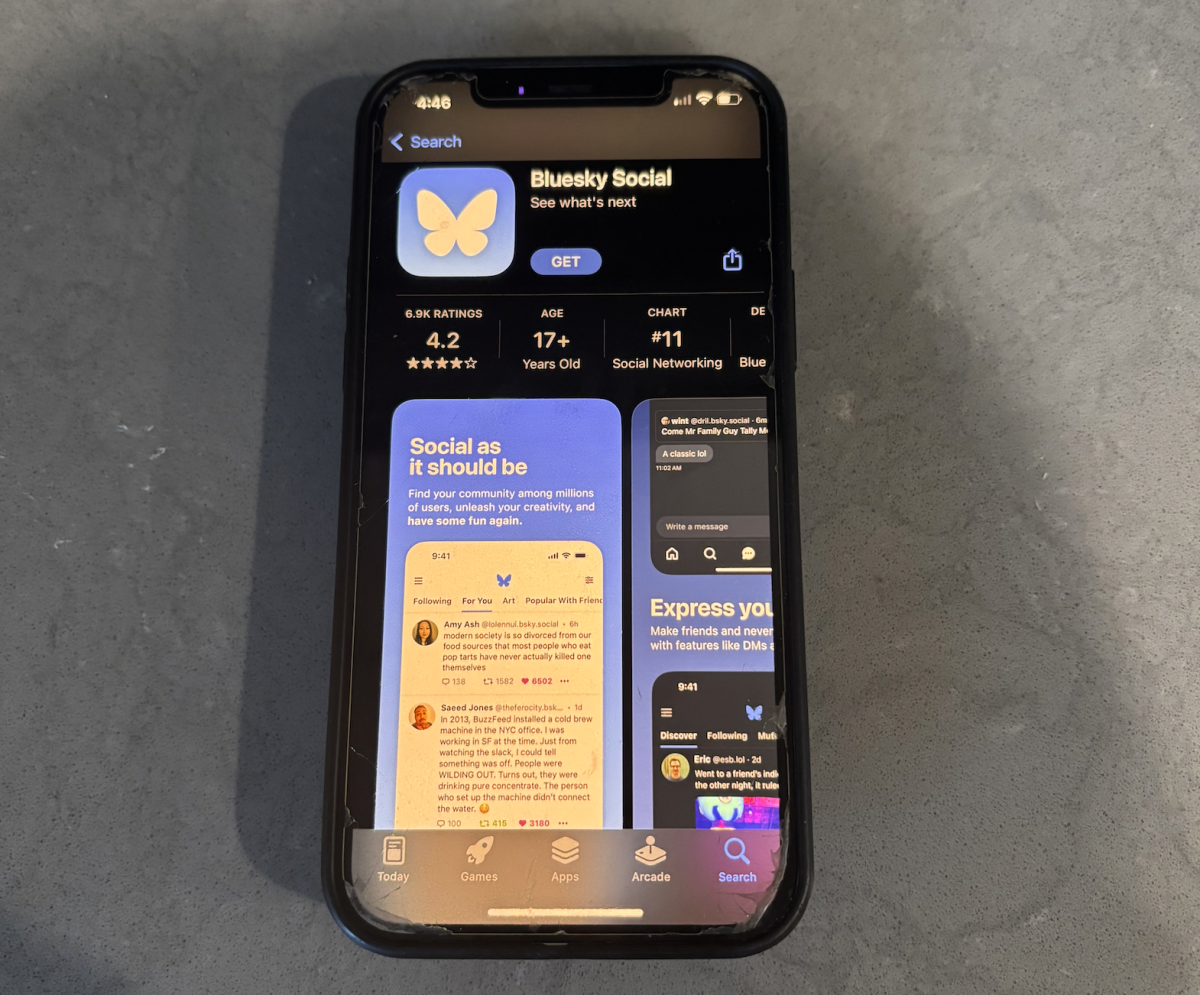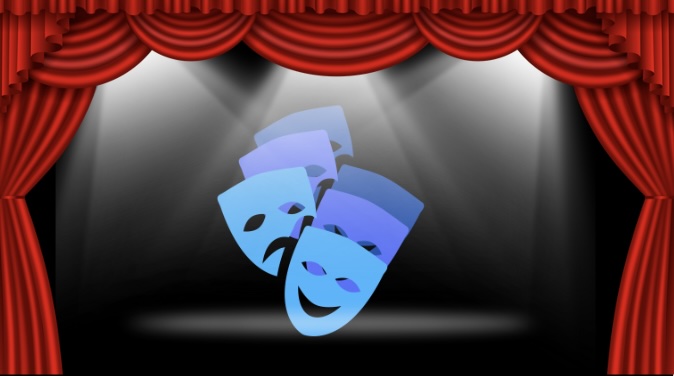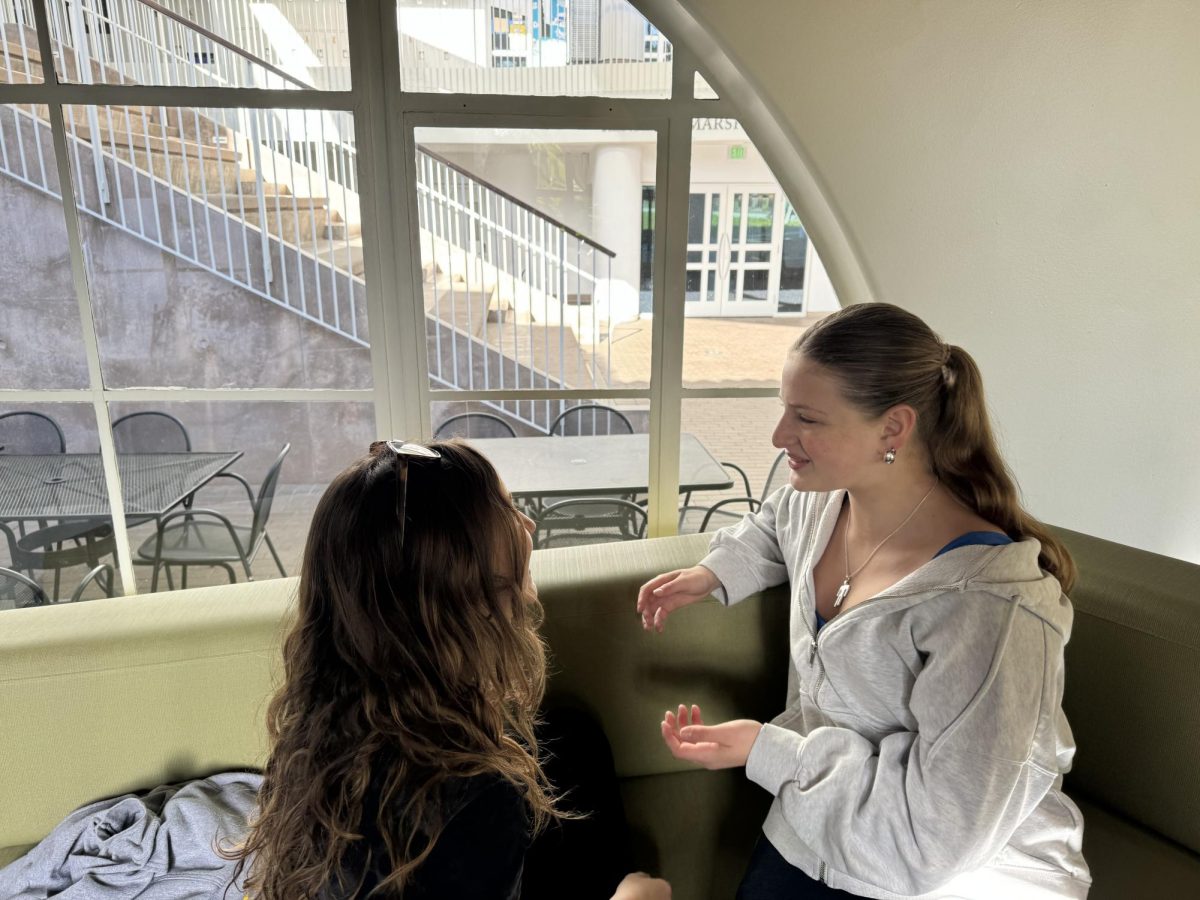As we are approaching Pride Month, fittingly, LBTQIA+ books are the focus of my final column this school year (definitely not because I got ahead of myself and already wrote about my summer book recommendations). That was very much a joke — I’ve been looking forward to exploring this genre all year.
With that being said, I obviously had to get a little more creative than a list of my favorite queer books. So, I present to you my favorite storylines and characters who are queer because I say so, even if they are not canonically portrayed that way. None of this was procured by me alone; all of the characters I will mention have incited debates over their sexuality since their books’ publishing.
I encourage you all to pursue these books and authors year-round. LGBTQIA+ representation in literature should be celebrated every month. The genre’s representation, awareness and normalization of queer perspectives are undeniably prevalent and important to our progression as a society.
Before I delve into that, I do want to shout out some of my favorite overtly LGBTQIA+ books. There’s so much I could say on this topic, but to not overstep my wordcount, just know how important it is that more authors are producing LGBTQIA+ stories and characters and how, in doing that, they are inspiring queer people everywhere to embrace and be proud of that aspect of themselves.
One of my all-time favorite books, “My Policeman,” tells a tragically beautiful and unfortunately common real-life story. Set in the 1950s while also sporadically jumping to 1999, this book is extremely difficult to summarize in a few sentences. It’s a dual love story with two couples and three characters, and if you saw the sobs this book caused me, you would be concerned. The novel showcases the relationship bloom between the two male characters, as they navigate in secrecy from other relationships, co-workers and really the whole world.
Casey Mquinston is a great writer who includes both female (WLW) and male (MLM) LGBTQIA+ couples in her works, most popularly in “One Last Stop” and a recent movie adaptation of “Red White and Royal Blue.” For those interested I recommend checking out Melinda Lo, Benjamin Alire Sáenz and James Baldwin to name a few of the many talented authors in the genre, but, now, I’ll move on to the focus of the column.
I’ll start off with the classics. Arguably, most characters from classic novels could be part of the LGBTQIA+ community. The internet rabbit hole has highlighted “The Great Gatsby“‘s Nick Carraway, “The Picture of Dorian Gray“’s Dorian Gray and “The Canon of Sherlock Holmes“’s very own Sherlock Holmes.
Both the book and movie versions of “Little Women“‘s Jo March are often interpreted as being part of the LGBTQIA+ community. She’s famously quoted as saying, “I am more than half-persuaded that I am a man’s soul put by some freak of nature into a woman’s body … because I have fallen in love with so many pretty girls and never once the least bit with any man.” Need I say more?
Any and all Harry Potter characters could arguably fit this category. Most notably, characters Remus Lupin and Sirius Black are often “shipped” by fans due to their chemistry and background storyline. I will not go into too much depth on Harry Potter because I worry that it touches into the fanfiction territory, which I would seriously like to avoid. Fanfiction or canon, rumors of various LGBTQIA+ couples in Harry Potter have circulated since the first book’s publishing.
Whether you relate directly to these books or not is irrelevant. The whole point of reading is getting to escape into perspectives and worlds different from your own. LGBTQIA+ books challenge stereotypes and prejudices by presenting complex and diverse portrayals of LGBTQIA+ characters; they foster a sense of empowerment and affirmation for readers.
By supporting LGBT authors and reading LGBTQIA+ books, we are contributing to the demand for diverse representation in literature. Hopefully, in doing so, we are encouraging publishers to produce more LGBTQIA+ stories and authors to continue writing them, ensuring that their voices are heard and valued in the literary world.










